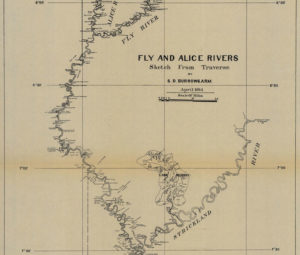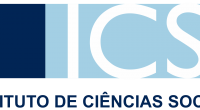Ricardo Roque, 2019.
This essay examines how anthropogeographical conceptions become materialized in place names inscribed on human remains. With respect to a type of headhunting artefact designated in museum anthropology as ‘stuffed human heads’, I consider processes of inscription and theorizing accompanying the circulation of stuffed heads between New Guinea and Cambridge. I trace the micro-history of one inscription – ‘Strickland R’ – across interrelated labels, articles, texts, notes, and the head itself, in order to reveal intellectual constructs simultaneously abbreviated and materialized in the human remains. In Papua, stuffed heads were understood as evidence of the geography of headhunting and cannibal customs. In Cambridge, they were framed within anthropologist A. C. Haddon’s studies on the anthropogeography of New Guinea. By abbreviating colonial and scientific constructs, the words ‘Strickland R.’ enabled the material ‘stuffed head’ into which they fused to become inextricably linked to the theory and display of ‘culture areas’ in the museum.

Full citation: R. Roque, “Heads and ‘cultures’: A. C. Haddon, colonial exploration and the ‘Strickland River’ inscription’, History and Anthropology, 2019 DOI: 10.1080/02757206.2019.1623211





